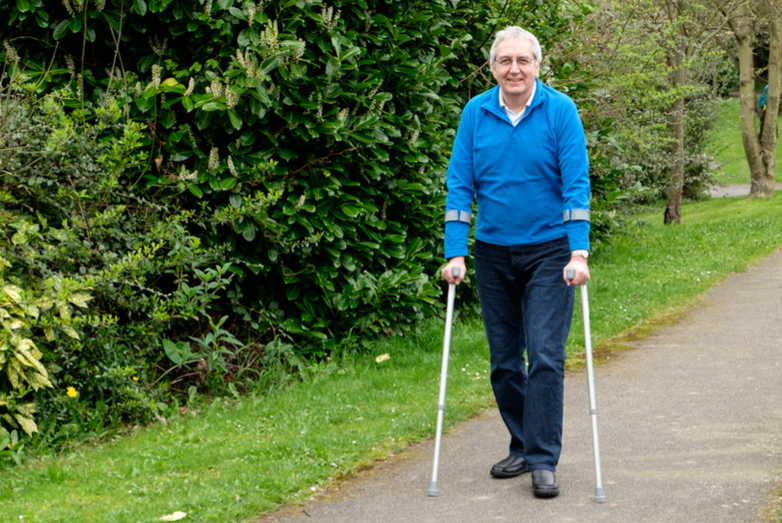By adding the following exercises into your routine after hip replacement surgery, you can improve your chances for a successful recovery. Of course, you should never do any exercises without first consulting your doctor, surgeon, or physical therapist.
Hip replacement surgery is incredibly common. In fact, many of our non-emergency medical transportation clients rely on a ride from us before or after undergoing hip replacement. In 2010, there were 310,800 hip replacement surgeries performed on patients 45 and older—a huge increase from 2000, when just 138,700 surgeries were performed to replace hips. This surgery is so common, in part, because it boasts such a high success rate. Around 90-95% of hip replacement surgeries are considered successful up to 10 years post-operation. In most cases, doctors recommend you start adding exercise into your routine shortly after surgery, or as soon as you are able.
Some Great Exercises to Help You Heal After Hip Replacement Surgery
Before following any of the recommended exercises on this list, it’s important to talk with your doctor or physical therapist to ensure you are cleared to start exercising again. Typically, your orthopedic surgeon and/or physical therapist will provide you with additional tips regarding your particular body to help you heal as quickly (and fully) as possible. Exercising may be uncomfortable at first, but over time it’ll become easier and actually help reduce post-operative pain and discomfort.
Ankle Pumps
While lying on a flat surface, slowly move your foot up and down, drawing an imaginary line with your toes to resemble the arch of a 90-degree angle. Repeat this several times, then pause and repeat every 5 to 10 minutes.
Rotate Ankles
While lying in a flat position, move your ankle side-to-side, towards and then away from your other foot. Do this 5 times in each direction anywhere from 3-4 times a day.
Knee Bends
Lie down in bed and then carefully move your knee up so that your foot is flat on the bed. From here, slide your foot towards your rear end without allowing your knee to roll inward. Once you reach maximum knee-bent position, hold it for 5-10 seconds before straightening it back out. Do this 10 times on each side a few times each day.
Tighten Your Gluteus Maximus
While lying down, tighten your Gluteus Maximus muscles, holding it for 5 seconds. Don’t forget to take deep breaths while you do it. Repeat the process 10 times several times each day.
Leg Lifts
Once again, you’ll be lying in bed for this exercise. Start by tightening the muscles in your thighs. Make sure your knee is completely straight and flat on the bed, then lift it several inches off the mattress. Hold it for 5 to 10 seconds before slowly lowering it down. Repeat this exercise until your thigh feels tired.
Knee Raises (standing)
Eventually you’ll be standing again, at which point there are a variety of new exercises for hip replacement surgery available to you. While standing, lift your leg toward your chest, just make sure your knee doesn’t come higher than your waist. Hold it up for 2-3 seconds before carefully lowering it back down. Repeat this up to 10 times several times a day. You can hold onto a chair for support while you do this exercise.
Side Leg Raises
Stand with your hands on a chair or some other object for support. Check to make sure your feet, hips, and knees are pointing forward and your body is in a straight upright position. Then, slowly lift your leg out to the side before returning it back to standing position with your foot on the floor. Do this exercise 10 times, 3-4 times a day.
These are just some of the many exercises for hip replacement surgery. Staying on top of your exercises and conducting them properly can make all the difference in your recovery.
Need a Lift?
If you need a ride before or after surgery, Stellar Transportation is here to help with leading non-emergency medical transportation you can count on. Learn about our pricing structure here, or contact us to get a free quote today.

